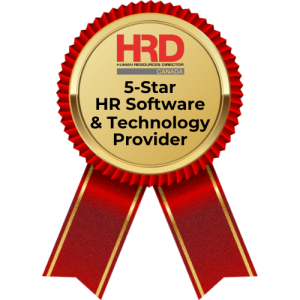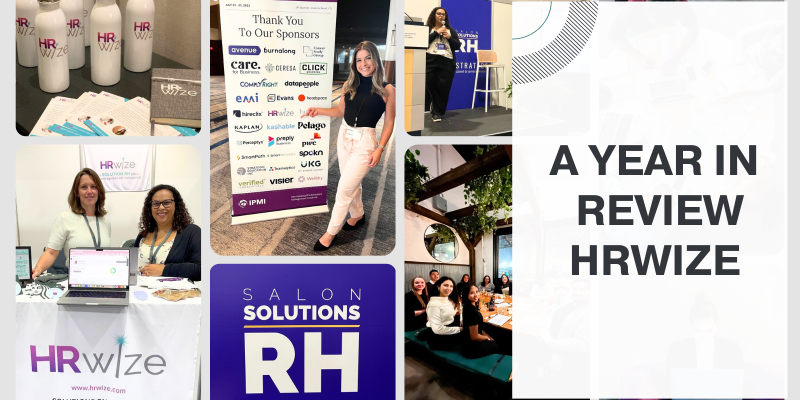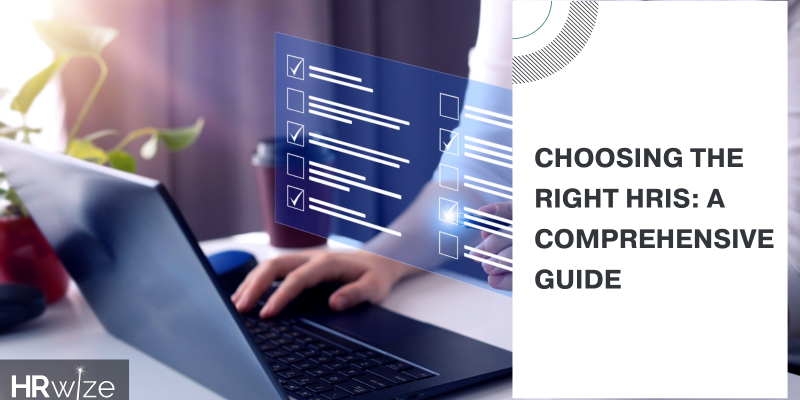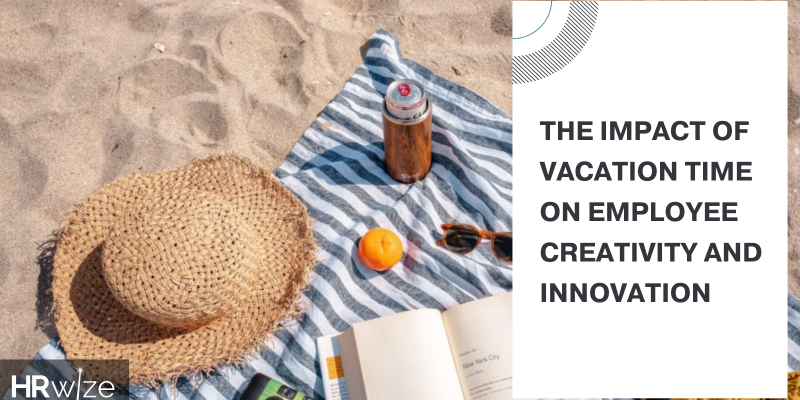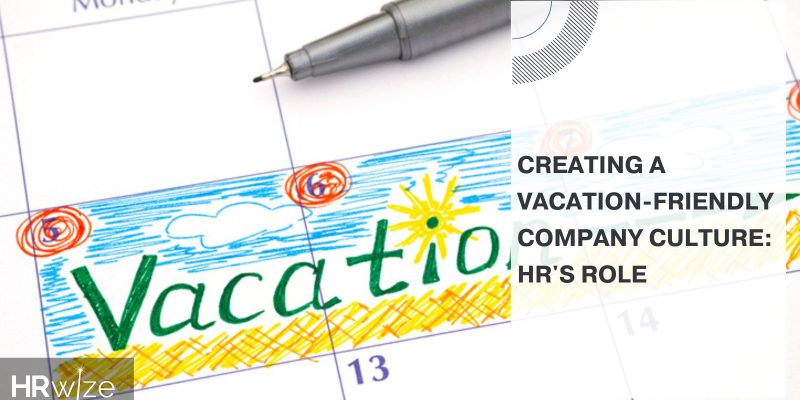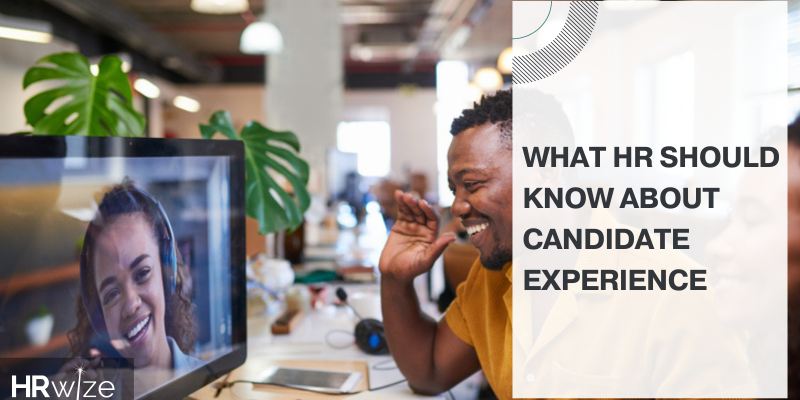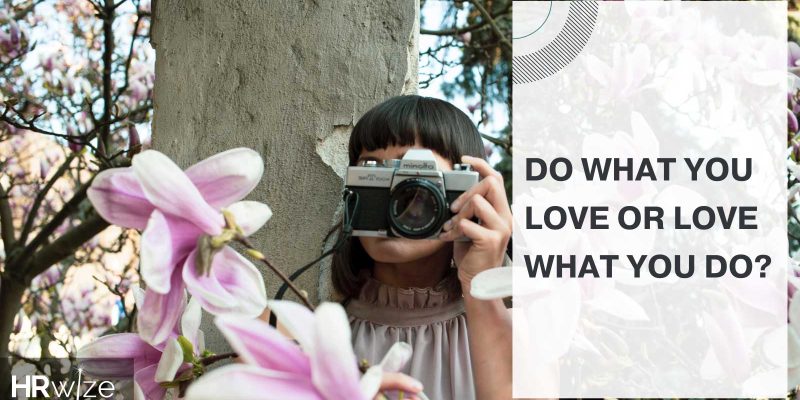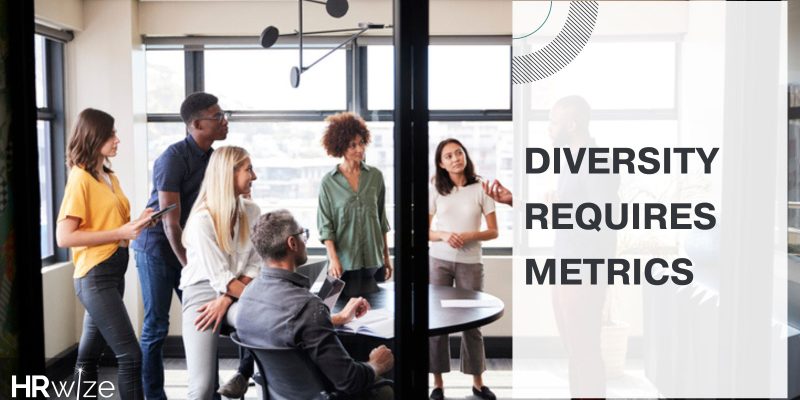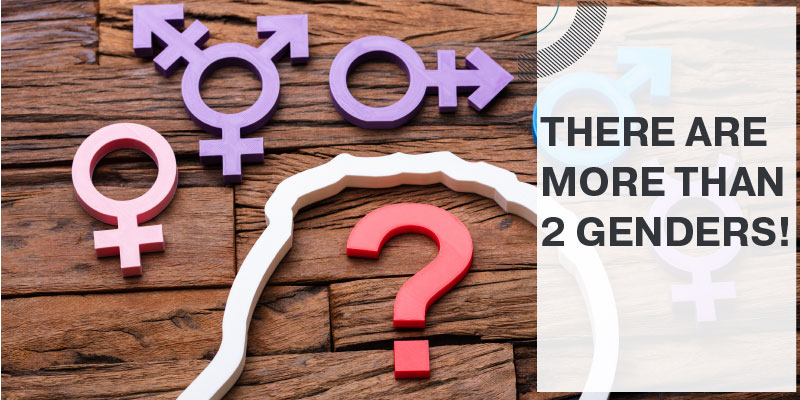
Our world is evolving and the younger generations are leading the way in inclusivity and self-discovery. According to Harvard Business Review, 25 percent of Gen Z around the world has reported having changed or expecting to change their gender identity at least once in their lifetime. They’re three times more likely to identify as non-binary* than older generations. They’re also just entering the workforce, and more than likely, your organization.
So, what do we mean when we say gender identity shifts? Many of us grew up believing there were two genders: Male and Female. In reality, there are dozens. People have found their place and identity in genders all over the spectrum of male to female, as well as finding themselves completely outside of this spectrum. Some people will shift from male to female (or vice-versa) permanently at some point in their lives, some may identify as gender-fluid*, and some may not identify with a gender at all and refer to themselves as agendered*.
Why should we care?
Statistics Canada reported that 69.4 percent of transgender people have experienced inappropriate behaviors in the workplace in the past 12 months, compared to 22.5 percent of cisgender* people (those whose gender identity matches the sex they were assigned at birth) – these behaviors range from inappropriate sexual jokes, unwanted physical contact and suggestions that the employee does not “act like” a “man or woman” is supposed to act.
1 in 4 transgender* or non-binary employees have been forced to use the wrong bathroom or have been non-consensually outed on the job.
Having a diverse/inclusive work environment composed of different people benefits your company in a multitude of ways. Some of these benefits include:
Benefits from having an Inclusive Work Environment
Having different perspectives and talents that come from a diverse group of employees. This also enhances the company’s adaptability to provide services and products for a diverse audience. If your company were to be composed of like-minded people, you would not reach the potential growth and success that comes with having a unique talent pool.
Fostering a safe work environment that promotes freedom of expression allows employees to feel comfortable being themselves. Employees can walk into work and not feel pressured to put on a persona. 31% of LGBTQ+ workers say they have felt unhappy or depressed at work.
Another benefit that comes with having an inclusive environment is that it ultimately leads to employee retention. Having that open and safe environment attracts many people to want to work at your company and naturally, employees will want to stay at a company that allows them to feel so welcomed and appreciated. 10% of LGBTQ+ employees have left a job because the work environment did not accept LGBTQ+ people
Let’s continue to keep our employees healthy and safe by making conscious decisions that take care of their well-being.
What can we do?
Here are a few examples of things we can do as HR leaders and teams to promote gender inclusivity in our organizations.
- Bathrooms – many organizations don’t have multi-stall bathrooms and yet they are still putting male/female differentiators on the door. Drop the icons and let people go to either washroom.
- Pronouns – start by identifying your own pronouns when you introduce yourself to people. Something as simple as “I’m Suzie, and my pronouns are She/Her”. Having this become second nature allows people to get used to the idea of doing the same. It also opens the door for the employees (or candidates) to provide their preferred pronouns as well, so they can avoid having to potentially correct you in the future. Adding these pronouns to your LinkedIn profile and e-mail signature is also a good start.
- Allow employees to self-identify – What do your hire-on forms look like? Do you have a self-service option within your HRIS? Make sure that those options go beyond Male and Female. HRWize lets you add an infinite number of gender identities for employees to choose from. (Facebook has 71!)
- Use the right name! – Some employees may not have their legal name changed. Despite it still being on documents, they may still refer to that as their deadname*. We understand that Janet’s payroll documents may come through as Ian. But everywhere else within the organization – in your HRIS, on your Org Chart, on the Football Pool winner’s announcement, she needs to go by Janet. Deadnaming an employee can be detrimental to their health.
- Confidentiality – We know that this is the name of the game within HR, so it shouldn’t need to be said. We’re saying it anyway! Do not out your co-workers. To anyone. This is not your story to tell.
- Have the conversations – Get people comfortable with the idea that the 2-gender party system is no more. Have a chat around the water cooler about how great Sam Smith is and someone accidentally uses male pronouns to refer to them? They’ve been non-binary for over a year – correct your co-workers.
Benefits of having an Inclusive Work Environment
Having different perspectives and talents that come from a diverse group of employees. This also enhances the company’s adaptability to provide services and products for a diverse audience. If your company were to be composed of like-minded people, you would not reach the potential growth and success that comes with having a unique talent pool.
Fostering a safe work environment that promotes freedom of expression allows employees to feel comfortable being themselves. Employees can walk into work and not feel pressured to put on a persona. 31% of LGBTQ+ workers say they have felt unhappy or depressed at work.
Another benefit that comes with having an inclusive environment is that it ultimately leads to employee retention. Having that open and safe environment attracts many people to want to work at your company and naturally, employees will want to stay at a company that allows them to feel so welcomed and appreciated. 10% of LGBTQ+ employees have left a job because the work environment did not accept LGBTQ+ people.
Let’s continue to keep our employees healthy and safe by making conscious decisions that take care of their well-being. At the end of the day, it is our job to keep our employees healthy and safe. Listen to your employees’ needs and be attentive to the things they may not be saying.
*Appendix
| Agender | Someone who doesn’t identify with the idea or experience of having a gender
|
| Androgyn | Someone who has a gender presentation or identity that’s gender-neutral, androgynous, or has both masculine and feminine characteristics |
| Cisgender | A term used to describe people who exclusively identify with their sex or gender assigned at birth |
| Dead name | How some transgender people refer to their given name at birth |
| Gender fluid | A person who does not identify with a single fixed gender and, expresses a fluid or unfixed gender identity. One’s expression of identity is likely to shift and change depending on the context |
| Gender non-conforming | A broad term referring to people who do not behave in a way that conforms to the traditional expectations of their gender, or whose gender expression does not fit neatly into a category |
| Misgender | The act of referring to someone using a gender pronoun or gendered language that’s incorrect, inaccurate, or not inclusive of the person’s actual gender identity |
| Non-binary | Any gender that falls outside of the binary system of male/female or man/woman |
| Transgender | An umbrella term for people whose gender identity and/or expression is different from cultural and social expectations based on the sex they were assigned at birth |

